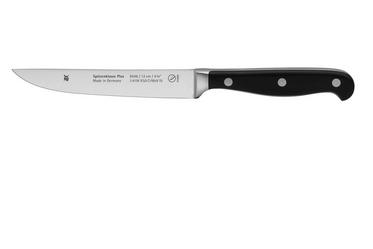Buying guide carving knives: which one do I need?
You might think you only need one knife to cut meat. Nothing could be further from the truth, there are various carving knives for different purposes. It is, for instance, not a good idea to use a carving knife to cut meat with bones and a cleaver won't help you end up with thin slices. Below an overview of all knives used to cut meat.
What is a carving knife?
A carving knife is a collective term for different knives with a shared function: namely cutting meat. Each carving knife has its own specialty. Often you can clearly see what the knife is used for. The large blade of a cleaver, for instance, is used to cut through bones and tendons. Below an overview of all carving knives and their specialties.
Boning knife: to remove the bones
You use a boning knife to process meat from carcasses to ready-to-cook meat. To remove meat from bones, skin from meat and to remove tendons and fat. The sharpening angle of the boning knife is small. As such the blade is razor-sharp. Often only using the tip is enough to cut through something. It is for a reason all professional butcher's wear protective gloves to prevent injuries.
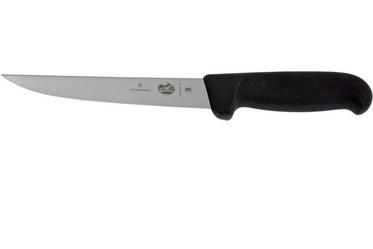
Cleaver: to cut through bones and tendons
Basically all knives are made to cut with. The cleaver is the exception to the rule. If bones and/or tendons need to be cut, for instance, when cutting spareribs, it is best if you use a cleaver. Because of the thick blade the edge won't be damaged. The amount of weight helps when cutting through the bones. In addition to meat this cleaver can also easily cut through hard vegetables.
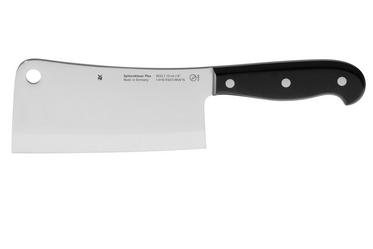
Filleting knife: to cut wafer-thin slices of raw or cooked meat
Filleting knives are very similar to boning knives. The filleting knife, however, is enhanced with a more flexible blade. The extra narrow blade enables you to cut close to the skin or alongside the bones.

Carving knife: to cut cooked or raw meat without bones
You use the carving knife to cut meat. Or to 'carve' it. This knife is specifically made to cut cooked meat that no longer contains bones or tendons.

Ham knife: to cut thin slices of raw ham or (salmon) carpaccio
A ham knife is enhanced with a long, thin and somewhat flexible blade. Due to its flexibility you have a lot of control over the blade and because of the length you can cut through meat in one go. Great when cutting, for instance, (salmon) carpaccio or raw ham. Otherwise the slice might tear.
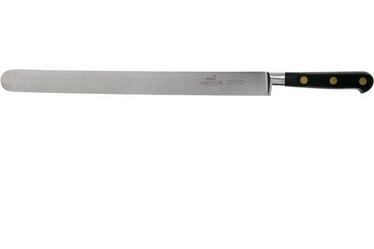
Sausage knife: to cut hard and soft types of sausage
Sausage knives are enhanced with a serrated blade to easily cut through hard sausages like, for instance, salami. You can, however, also easily use this knife to cut through soft sausages. Or cut a small bun or some cheese. Indispensable on every snack board.
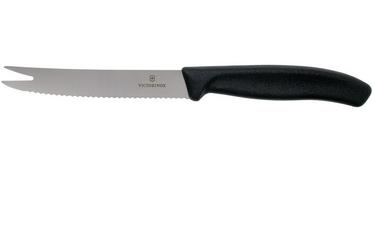
Steak knife: to cut a roast at the dinner table
Steak knives are a real addition to your dinner table. Made to easily cut through a steak or other type of meat without tearing it. That is why these knives are not enhanced with coarse serrations. You can choose between a smooth blade or one enhanced with fine serrations. Of course these knives are also available in nice sets.
